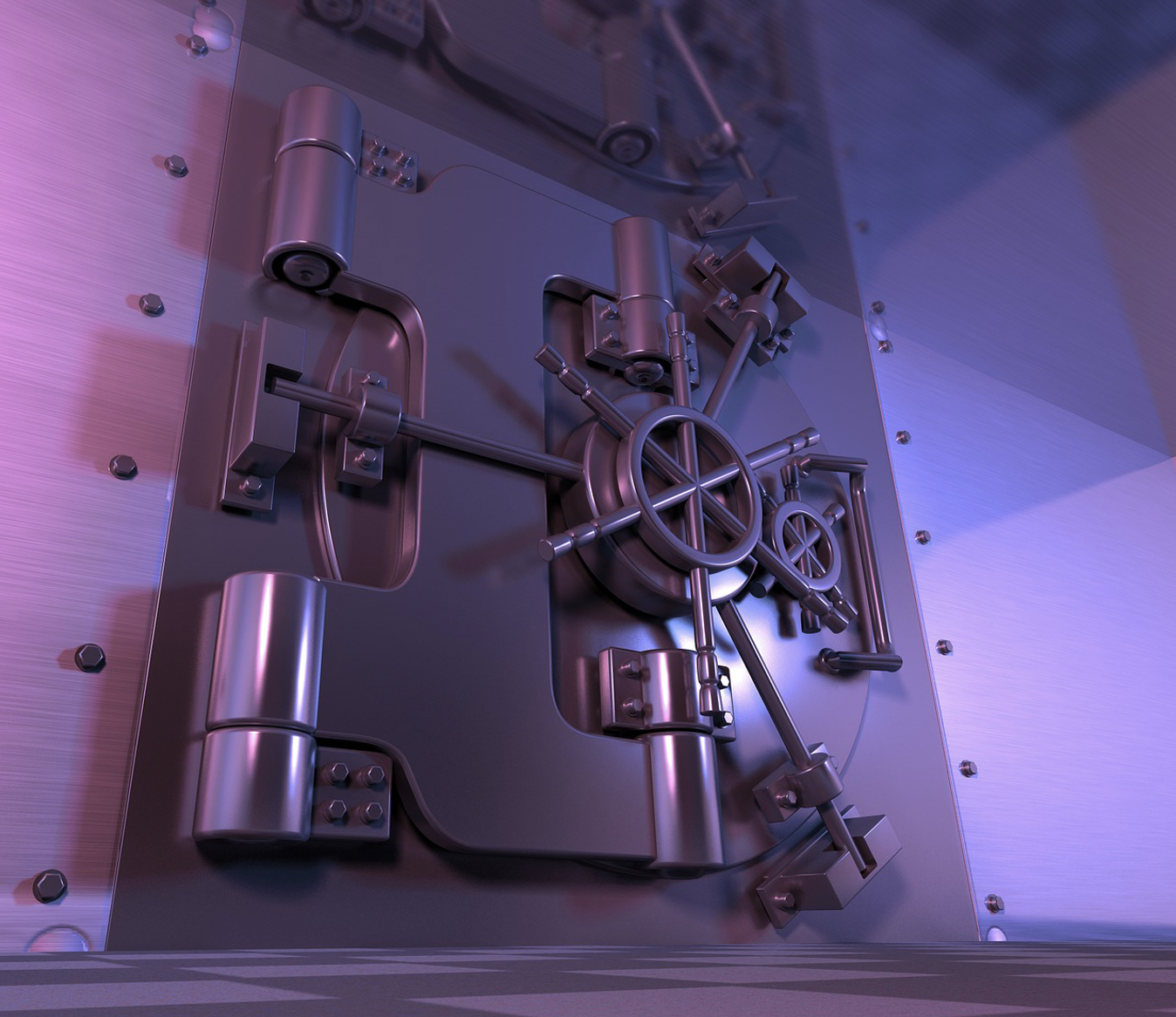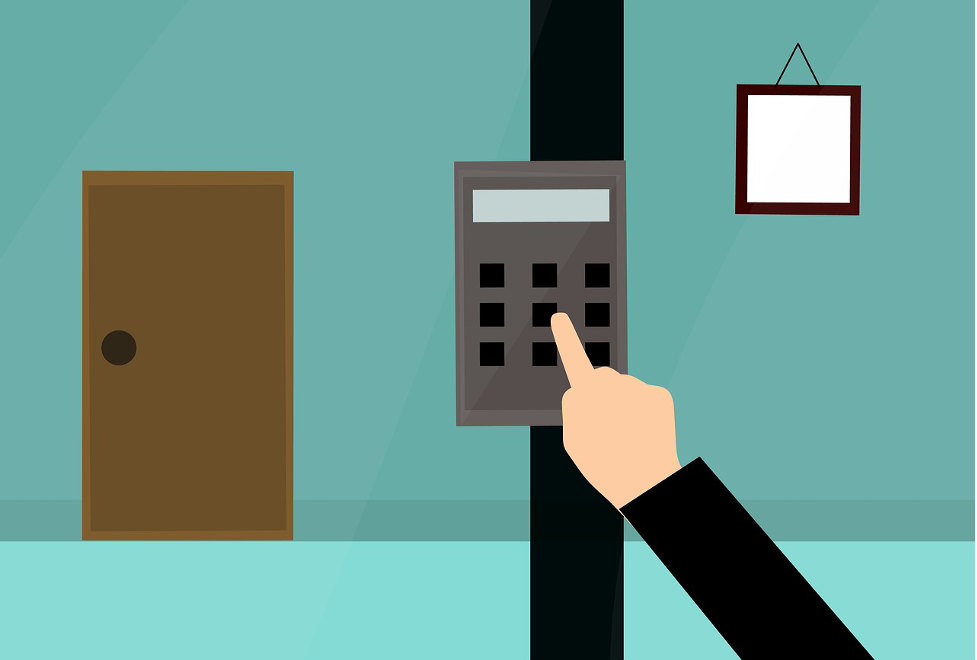
The banking industry is a very important part of the economy, and hundreds of millions of Americans participate in it. It is where most of us hold our savings, have our investments, get our mortgages, and borrow money. Unfortunately, any place that keeps so much money is always a risk for things like robberies, break-ins, and other security risks.
As a result, physical security in banking should be taken very seriously to keep not only the bank itself safe but also the patrons and employees. This article will take a closer look at how banks and other institutions can minimize their security risks and stay safe.
Table of Contents
Ensure You Have Video Surveillance
One of the most important parts of a bank’s physical security is video surveillance. This gives you a complete view of the entire property and allows you to keep an eye out for any potential issues. It is a very powerful measure and one that every bank or financial institution should have in place.
Cameras should be pointed at all entrance and exit points, at the tellers, and wherever else you want a constant set of eyes. The video surveillance system can also often act as a crime deterrent, so don’t be afraid to make it obvious that there are cameras rolling.
This also gives you a ton to look at and consider if a break-in or robbery does occur. You will be able to see exactly what happened and hopefully have a better idea of who did it.
Take Access Control Seriously

Another aspect of physical security that is very important for banks is access control. This is all about regulating who has access to certain areas of the bank, certain pieces of information, and anything else private.
If you let everyone do everything, there is a much higher chance of a security breach or issue. Ensure that only employees can access certain areas, and make sure there are locks and other barriers for people to have to go through.
You should have more than a keycard or key, as those can easily be stolen or misplaced and used by someone else. Many banks use fingerprint readers or other personal identifiers to ensure that only authorized individuals enter certain areas.
Also, not everyone in the bank needs access to everything. Only provide people with access to the information, data, and locations they need to do their job. The more people that have access to something, the higher the chance of it being compromised in some way.
Perform Regular Risk Assessments
While you may think your security system and setup are great, the industry is always changing, so be sure to perform regular risk assessments. Go over everything—your cameras, the lighting, the access control measures used, and more.
You need to assess whether these are all still up to snuff or if they need to be changed. Failing to perform these assessments regularly can leave you vulnerable in one way or another. After assessing the risks on the property, ensure you use the information gathered to make the necessary changes.
Of course, don’t forget your cyber security when performing these assessments, either. Hacks and data breaches are far from uncommon. They can be awful to deal with and cost a ton of money and even your reputation.
Keeping Banks as Safe as Possible
These are just some of the many ways banks can minimize the security risks within their institution. By using video surveillance, taking access control seriously, and regularly assessing risks, banks can ensure security.